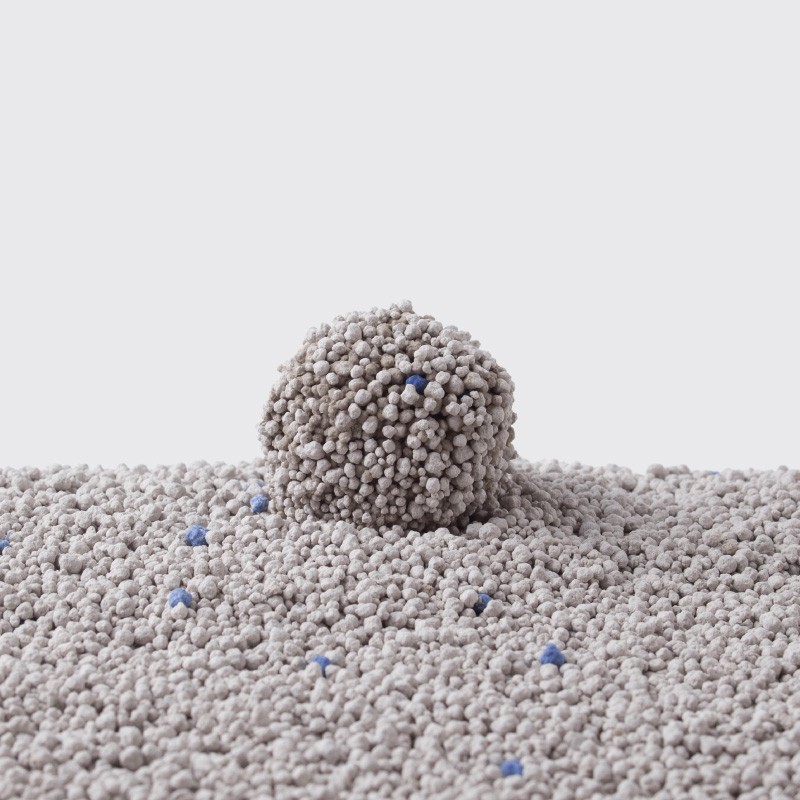
vermiculite in clay soil
The Role of Vermiculite in Clay Soil Enhancement
Vermiculite, a naturally occurring mineral, has gained prominence in horticultural applications due to its unique physical and chemical properties. Derived from hydrated laminar magnesium-aluminum-iron silicate, vermiculite expands significantly when heated, resulting in lightweight and porous granules. When introduced into clay soils, vermiculite serves multiple functions that can significantly improve soil health and plant growth.
Understanding Clay Soil
Clay soil is known for its dense, compact structure and small particle size, which can lead to various challenges in gardening and agriculture. Its high water retention capacity means that while it can hold moisture well, it often results in poor drainage and aeration. This characteristic can lead to root rot in plants due to waterlogged conditions, hinder root development, and create an inhospitable environment for beneficial microorganisms.
Adding Vermiculite to Clay Soil
Incorporating vermiculite into clay soil can transform its structure and functionality markedly. One of the primary advantages of vermiculite is its ability to improve aeration. The lightweight and porous nature of vermiculite creates air pockets within the soil, allowing for better air circulation. This is especially beneficial for plant roots, enabling them to access necessary oxygen and nutrients more efficiently.
Moreover, vermiculite enhances drainage in clay soils. By breaking up the compactness, vermiculite helps prevent water from pooling and reduces the risk of root rot. This is vital for maintaining healthy plant growth, as most plants prefer a balance of moisture without being submerged in overly wet soil.
Nutrient Retention and Release
vermiculite in clay soil

Vermiculite also acts as a cation exchange medium. It has a unique capacity to hold essential nutrients such as potassium, calcium, and magnesium, making them available to plants over time. This slow release of nutrients is beneficial in clay soils that often become depleted of essential minerals due to runoff and leaching. By adding vermiculite, gardeners can create a more balanced nutrient profile in their soil, promoting healthier and more vigorous plant growth.
Practical Applications
When using vermiculite to improve clay soil, the recommended approach is to mix it into the soil in a ratio of approximately 10-30% vermiculite, depending on the specific needs of the plants being cultivated. It can be incorporated into garden beds, potted plants, and even in seed starting mixes. The versatility of vermiculite allows it to be used across various gardening methods, from container gardening to traditional row planting.
Environmental Considerations
Beyond its agricultural benefits, vermiculite is also considered environmentally friendly. It is a naturally occurring mineral that requires minimal processing. This means that its introduction into gardening practices results in a lower carbon footprint compared to synthetic soil amendments. Moreover, vermiculite is sterile, reducing the risk of introducing pests or diseases into the soil.
Conclusion
In conclusion, incorporating vermiculite into clay soil offers numerous advantages that contribute to improved soil structure, better aeration, enhanced drainage, and increased nutrient availability. By transforming compacted clay into a more hospitable environment for plants, vermiculite plays a crucial role in sustainable gardening practices. As gardeners and agriculturalists continue to seek ways to improve soil health and plant productivity, the benefits of vermiculite highlight its importance in modern horticulture. Whether for home gardens or commercial agriculture, the addition of vermiculite can lead to richer, more productive growing conditions.
Share
-
Premium Pigment Supplier Custom Solutions & Bulk OrdersNewsMay.30,2025
-
Top China Slag Fly Ash Manufacturer OEM Factory SolutionsNewsMay.30,2025
-
Natural Lava Rock & Pumice for Landscaping Durable Volcanic SolutionsNewsMay.30,2025
-
Custom Micro Silica Fume Powder Manufacturers High-Purity SolutionsNewsMay.29,2025
-
Custom Mica Powder Pigment Manufacturers Vibrant Colors & Bulk OrdersNewsMay.29,2025
-
Custom Micro Silica Fume Powder Manufacturers Premium QualityNewsMay.29,2025






